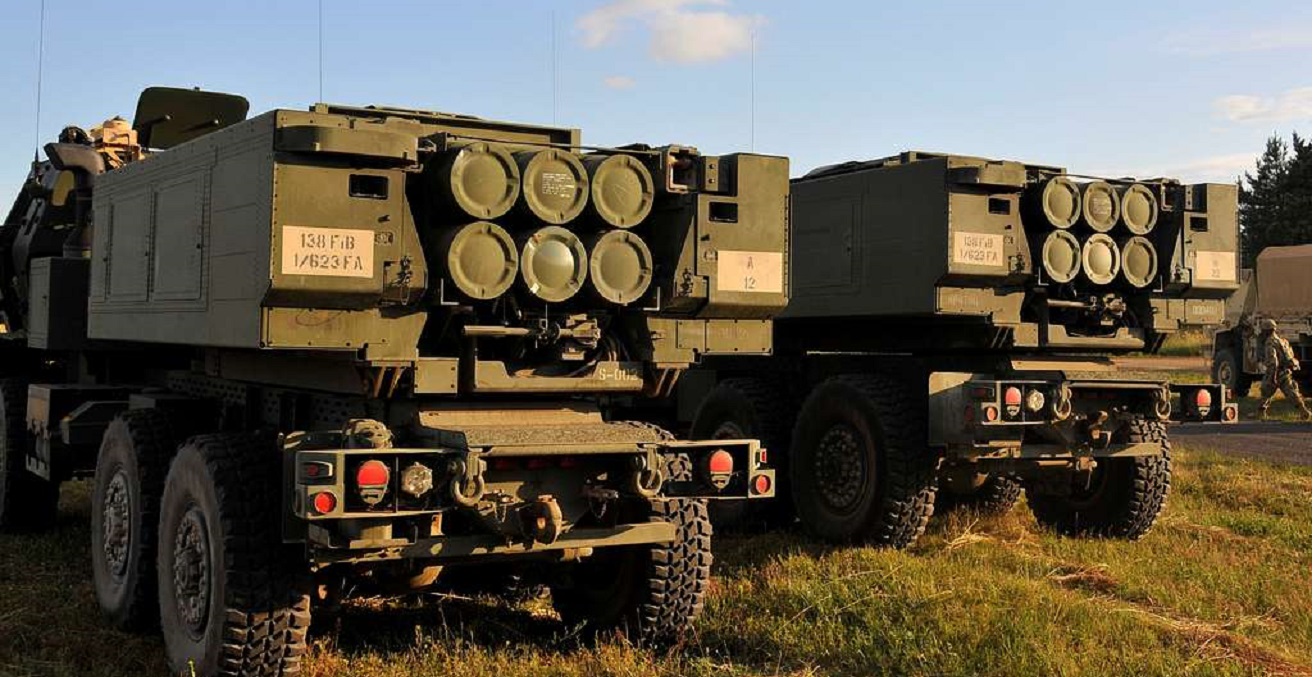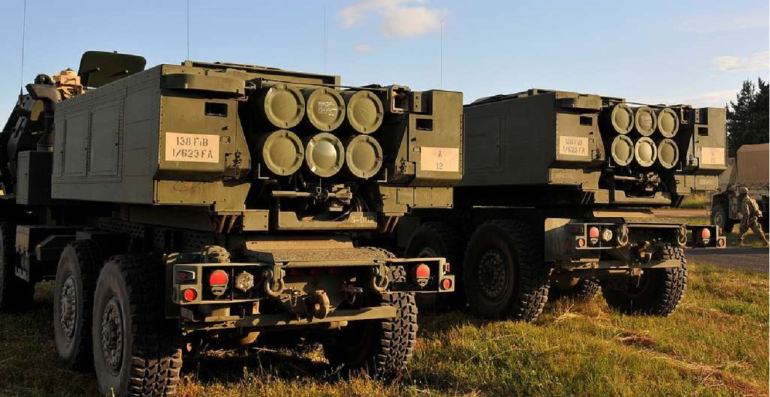
The Australian government released its Defence Strategic Review (DSR) on 24 April. The DSR is a significant overhaul of Australian’s defence force posture, undertaken in order to become self-reliant as Australia faces one its biggest strategic challenges since World War II.
The DSR contends that Australia’s geographic advantages, the comfort of distance, and its superior regional capabilities have been significantly diminished by the emergence of the “missile age” in modern conflict, crystallised by the development of long-range precision strike weapons and cyber warfare. The DSR is a comprehensive take on Australia’s security interests and a move towards investing in significant new defence capabilities, as well as reinvigorating defence relationships with like-minded countries to ensure stability and security in the Indo-Pacific.
The Rise and of an Assertive China
In the past, the Australian defence force has participated in UN and the US-led military operations under the guise of humanitarian intervention. The most recent of these have been in the Middle East and in Afghanistan. But Australia’s priorities have moved to the Indo-Pacific, the region that Australia’s future is linked to most in the Twenty-First century. Though not explicitly stated, if one reads between the lines, Australia is attempting to neutralise any potential risks from China’s military build-up and its assertiveness in the Indo-Pacific.
Over the past two decades, Australia and China have benefited from a cozy economic relationship. In recent years, the bilateral relationship has spiralled negatively towards acrimony and partial decoupling. It is now subject to frequent diplomatic rows since Australia called for an impartial inquiry into the origins of the Covid-19 outbreak.
Of late, Australia has been more expressive and pro-active in downplaying these challenges. Attempts are being taken to normalise the trade ties by the current government, though this may be short lived. Just after the release of the DSR, the Chinese government criticised Australia for blaming China and using the China Threat theory for its arms build-up. Of course, Chinese officials did not mention their own record peace-time military build-up or the impact this has had on regional concepts of security. It’s a delicate balancing act, to be sure, and just because the Albanese government has succeeded thus far in unfreezing diplomatic ties, this does not imply that success will always be possible. Australia’s strategic posture appears set in stone. This revamp of the Australian defence force has unmistakably arisen out of the need to counter China’s geopolitical and military dominance in the Indo-Pacific.
Focus on Long Range Missiles
The DSR substantially modifies Australia’s defence strategy, allocating more funding to long-range missiles in a deterrence-aimed strategy for security. These capabilities have been given precedence over land-based Army role, with a focus on preparing the maritime environment to address the strategic challenges centred on the air and sea.
The review does not necessarily undermine the army, even as it has taken the brunt of cost cuts under the new spending priorities. For instance, the number of infantry fighting vehicles has been reduced from 450 to 129. This is in favour of investing more in both High Mobility Artillery Rockets Systems (HIMARS) and land based maritime strike capabilities, giving greater mobility and improving precision strike for Australian defence. The acquisition of HIMARS will enable the Australian army to reach targets more than 500 kilometres away and even further if needed.
Building new defence partnerships in the Indo-Pacific
In an era of escalating great-power competition, Australia lacks the strategic heft to independently guarantee its own security. Australia joined forces with powerful nations throughout its history, first with Great Britain, before switching to the US after the World War II. In order to build strong connections and increase the likelihood that they would defend it in return, Australia has participated in conflicts with them in Europe, Asia, and the Middle East..
But amid the concerns about the potential for a more assertive China, Australia’s efforts to forge closer defence ties with both traditional security allies and new partners, such as Japan and India, implies that it has serious doubts about the ability for the US to continue its strategic primacy in the Indo-Pacific.
Accordingly, Australia has reinvigorated its traditional security alliance network through AUKUS. It has enhanced partnership with ASEAN nations and focused on deepening its strategic partnership with Japan and India both bilaterally and multilaterally under the Quadrilateral Security Dialogue.
In this context, Australia’s efforts to enhance defence ties with Japan through the Australia-Japan Joint Declaration on Security Cooperation in 2007 and the Special Strategic Partnership established in 2014 is noticeable. But there has also been a steady development of Australia’s ties with India, for instance, via the deepening of the Australia-India Comprehensive Strategic Partnership. Given India’s geographical location in the Indian Ocean and its own naval build-up and modernisation, Australia’s move to engage India on the defence front is significant.
In June 2020, both countries signed the Mutual Logistics Support Agreement, which enables both nations to use each other’s military facilities for supplies, maintenance, and refuelling. This agreement aims to enhance military interoperability and strategic ties between Australia and India.
In addition to this, Australia and India have conducted several military exercises and joint training programs to improve their defence capabilities. The bilateral naval exercise, AUSINDEX, is undertaken regularly between the two nations, with the latest iteration taking place in September 2019. Both countries have also participated in multilateral military exercises such as the Malabar Exercise, which involves the United States and Japan under the Quad.
The defence partnership between Australia and India is expected to grow further in the future, with both countries looking to deepen military-to-military cooperation, exchanges, and training programs. This will also be supported by the 2+2 Foreign and Defence Ministers Dialogue. This partnership is seen as crucial for regional peace and stability in the Indo-Pacific region.
However, implementing new defence strategies could be expensive and require significant resources, both financially and in terms of military personnel. The DSR faces the challenges of addressing the gap between expectations and reality which could include changes in geopolitical conditions, budget constraints, technology limitations, and misaligned priorities between different stakeholders. The DSR is a timely and much needed rethinking of Australia security posture in the Indo-Pacific, where the strategic environment is uncertain and evolving.
Dr Ashok Sharma is a Visiting Fellow at the University of New South Wales, Canberra, at the Australian Defence Force Academy. He is also an Adjunct Associate Professor at the University of Canberra and an Academic Fellow of the Australia-India Institute at the University of Melbourne.
This article is republished from the Australian Institute of International Affairs under a Creative Commons license. Read the original article.
